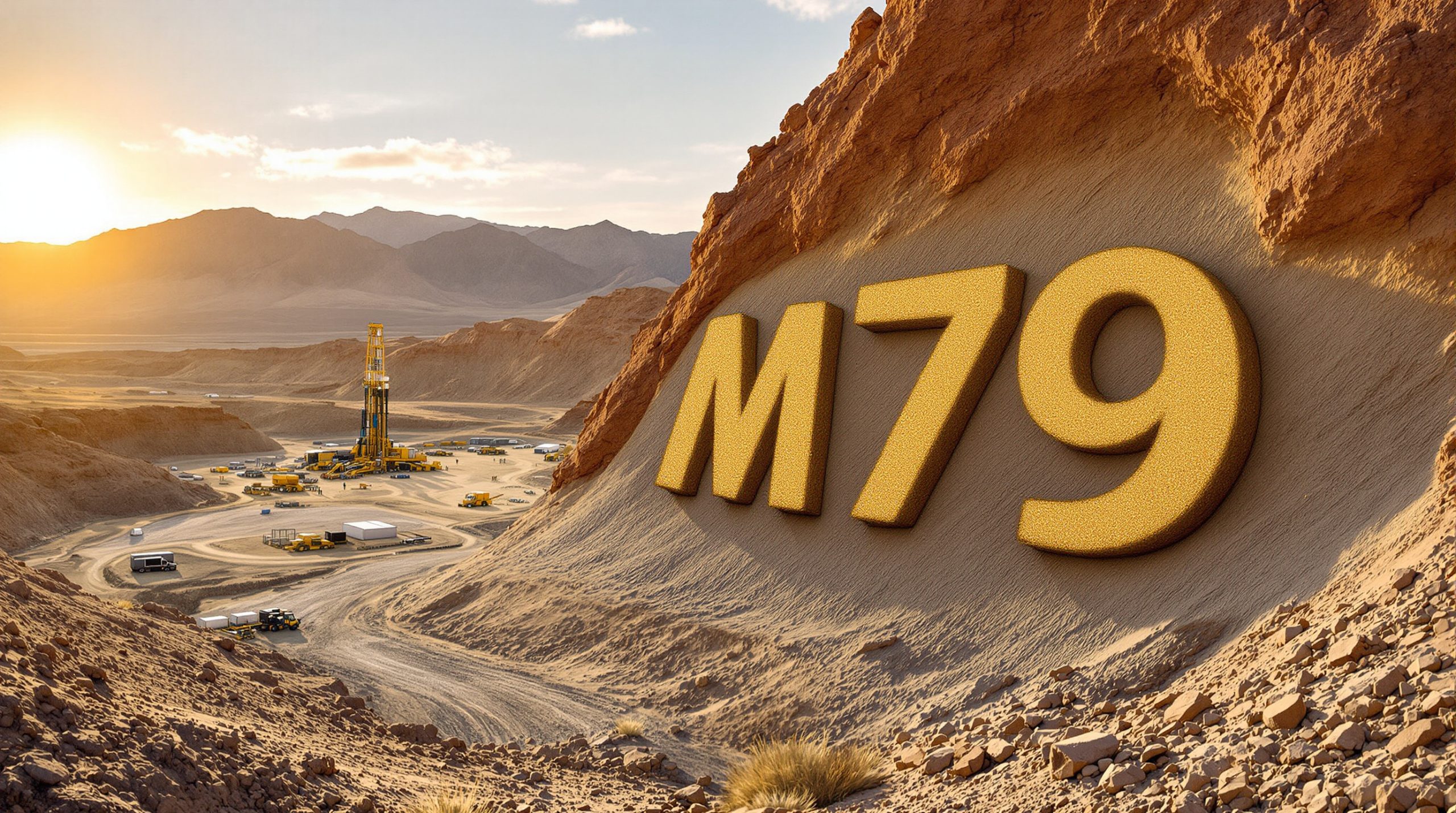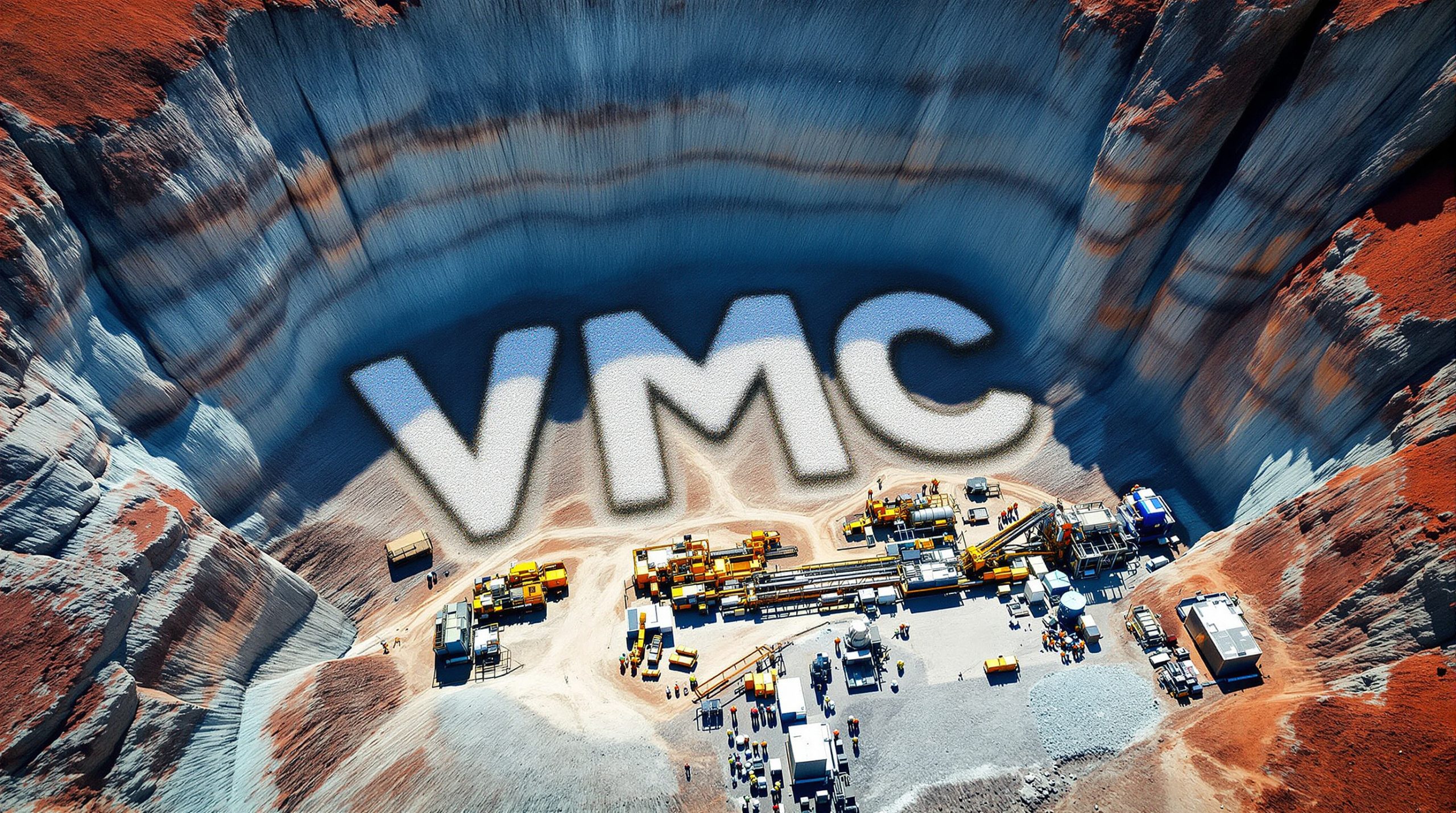White Cliff Minerals Expands Danvers Copper Project with 4km Strike Length Discovery
White Cliff Minerals (ASX: WCN) has announced a significant expansion of copper mineralisation at its Danvers Copper Project in Nunavut, Canada, with recent drilling confirming extensive sulphide mineralisation over an impressive 4km strike length along the Teshierpi Fault Zone.
Major Expansion Confirms Regional Copper System
The company's latest reverse circulation (RC) drilling program has substantially expanded the known mineralisation at Danvers, extending the strike length to 830 metres while remaining open in all directions. Most significantly, step-out drilling has discovered extensive copper sulphide mineralisation along the main fault zone over a distance exceeding 4km.
Key highlights from the drilling program include:
- Drillhole DAN25013 intercepted 65m of copper sulphides from 48m depth
- Drillhole DAN25019, located over 4km from previous drilling, returned 45m of copper sulphides from 12m depth
- Drillhole DAN25018 encountered 14m of copper sulphides from surface
- Discovery of a new, previously unknown parallel structure adjacent to Danvers through drillholes DAN25016 and DAN25017, which returned 8m and 17m of sulphide mineralisation respectively
"Step out drilling along the Teshierpi Fault Zone has now confirmed continuous copper and silver mineralisation over a staggering 4km trend. The combination of wide intervals, high-grade visual sulphides and the extension of Danvers to now over 800m (still open in all directions) is very encouraging." – Troy Whittaker, Managing Director of White Cliff Minerals
Understanding Sulphide Mineralisation
Sulphide mineralisation is crucial for copper deposits as it represents the primary form in which copper is found in economically viable concentrations. At Danvers, the company has identified several copper sulphide minerals including:
- Chalcocite: A copper-rich sulphide mineral (Cu₂S) containing approximately 80% copper by weight
- Bornite: Often called "peacock ore" due to its iridescent purple-blue tarnish, containing about 63% copper
- Chalcopyrite: The most common copper-bearing mineral, containing approximately 35% copper
- Malachite: A secondary copper mineral formed through weathering of primary copper sulphides
These minerals were visually identified in multiple drill holes, with chalcocite being particularly abundant in holes like DAN25019, where intervals showed up to 5% chalcocite concentration, indicating potentially high-grade mineralisation.
It's important to note that visual estimates of mineralisation require laboratory confirmation through assays, which the company expects to receive in the September quarter.
Regional Exploration Context
The Danvers Copper Project is part of White Cliff's larger Rae Copper Project in Nunavut, Canada. Previous rock chip sampling in the broader project area has returned exceptional high-grade results, including:
| Sample ID | District | Silver (g/t) | Copper (%) |
|---|---|---|---|
| F005965 | Vision | 152 | 64.02 |
| F005950 | Rocket | 14 | 54.12 |
| F005921 | Thor | 34 | 54.02 |
| F005996 | Wanda | 4 | 24.1 |
These samples demonstrate the broader regional potential beyond the Danvers discovery, with several prospects showing exceptionally high copper grades exceeding 50%.
Exploration Strategy and Future Plans
White Cliff Minerals is executing a multi-faceted exploration approach that includes:
- Step-out drilling along the Teshierpi Fault Zone to define the extent of mineralisation
- Diamond drilling at the Hulk and Stark prospects to test additional targets
- Testing of parallel structures such as the newly discovered structure adjacent to Danvers
The company's exploration is advancing on multiple fronts, with diamond drilling now active at both Hulk and Stark targets. The Teshierpi Fault Zone remains largely untested, with approximately 3.7km between drill holes DAN25019 and DAN25015, suggesting significant potential for additional discoveries.
Investment Significance
This expansion of the White Cliff Minerals Danvers copper project has several important implications for investors:
-
Scale potential: The confirmation of a 4km mineralised trend suggests Danvers could be part of a much larger copper system than previously understood.
-
Multiple discovery opportunities: The identification of a new parallel structure adjacent to Danvers opens additional exploration targets within the project area.
-
Near-surface mineralisation: Several intercepts begin at or near surface (including 14m from surface in DAN25018), potentially favourable for mining economics.
-
Regional copper district: The broader Rae Copper Project appears to host multiple high-grade copper occurrences across several target areas.
Why Investors Should Follow White Cliff Minerals
White Cliff Minerals is rapidly advancing what appears to be a significant copper discovery in a mining-friendly jurisdiction. The Danvers Copper Project is demonstrating characteristics of a major copper system with:
- Extensive mineralisation over kilometres of strike length
- Multiple parallel structures
- High-grade potential based on visual sulphide estimates
- Near-surface mineralisation in several locations
With copper demand projected to grow substantially due to the global energy transition and electrification trends, new copper discoveries of scale are increasingly valuable. White Cliff's initial drilling results suggest Danvers could develop into a significant copper resource with continued exploration success.
Investors should watch for upcoming assay results in the September quarter, which will provide quantitative confirmation of the grades associated with the visually identified mineralisation. Additional drilling along the extensive Teshierpi Fault Zone could further expand the scale of this emerging copper discovery.
Want to Explore This Promising Copper Investment Opportunity?
White Cliff Minerals' impressive 4km strike length discovery at the Danvers Copper Project represents a potentially significant investment opportunity in the copper sector. With multiple mineralised zones, near-surface intercepts, and ongoing diamond drilling across several prospects, the company is rapidly advancing what could be a major copper system in mining-friendly Canada. To learn more about White Cliff Minerals and its expanding copper portfolio, visit their website for the latest investor information and project updates.




